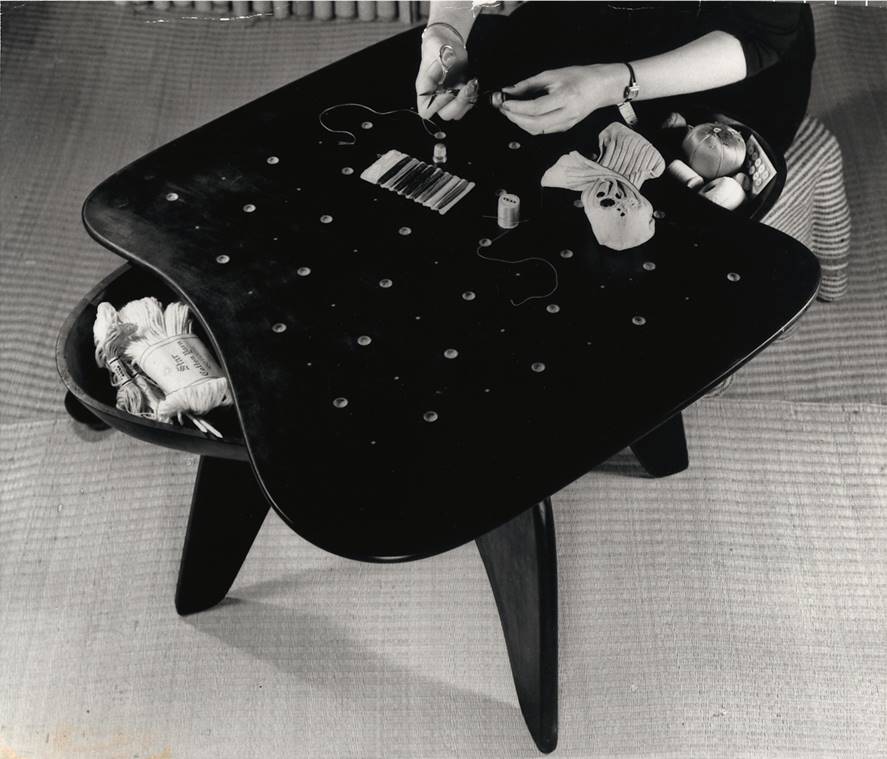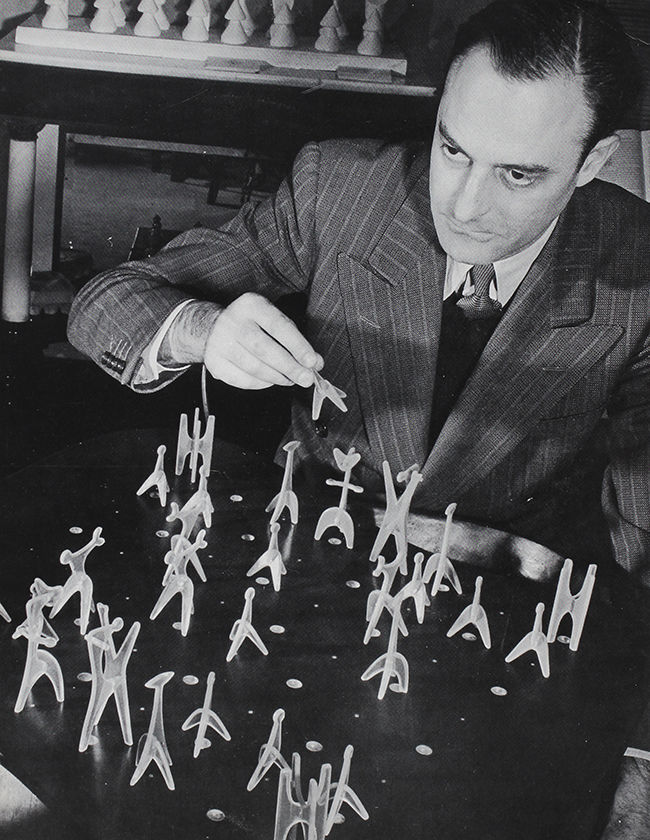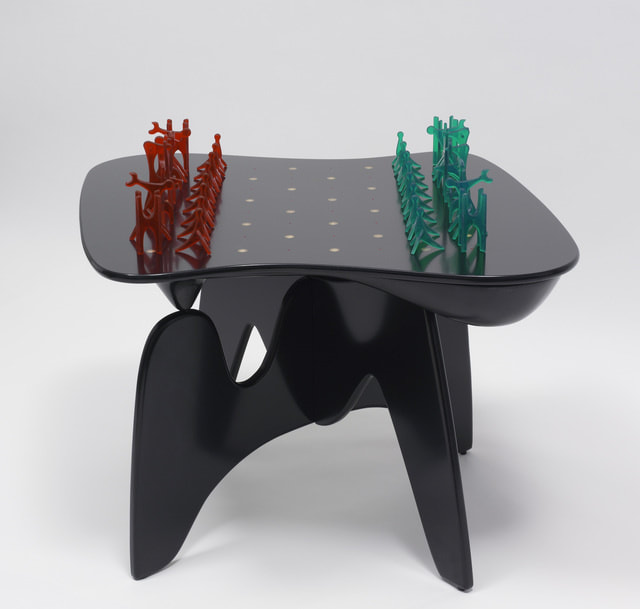Thank you, Dr. Deborah Goldberg, scholar of Isamu Noguchi, who participated as a speaker in the program Collecting Design this morning, highlighting Noguchi the designer, and sharing with us her immense knowledge and research. Both have resulted in her dissertation Isamu Noguchi: The Artist as Engineer and Visionary Designer, 1918-1939 (Institute of Fine Arts, NYU, 2000), and in a fascinating essay in the exhibition catalog Isamu Noguchi: Patent Holder: Designing the World of Tomorrow published by the Noguchi Museum and was held at the Dr. M.T. Geoffrey Yeh Art Gallery at St. John’s University (2015). We discussed a variety of aspects in the history and design creativity of Isamu Noguchi, covering his efforts in this territory from 1932 until his death in 1988. One of the extraordinary stories she shared with us is related to his rare Chess Table which he designed in 1944 for the legendary surrealist art exhibition The Imagery of the Chess, which held at the Julien Levy Gallery in New York City. Still considered a crucial event in the history of art exhibitions, it was organized by Levy (seen playing chess with Noguchi’s set below), Marcel Duchamp, and Max Ernst. They three invited avant-garde artists to redesign the chess set and to explore chess imagery and its symbolism. Along with Alexander Calder, Man Ray, and Robert Motherwell, Noguchi participated, and designed the chess table. In his attempt to make the table salable, Herman Miller produced several examples in ebonized and in natural birch, which were placed in the company’s showroom, marketed it as Model IN-61. The surrealist table did not prove success and was never put into production. Only a handful of examples are known today and the last was sold at Wright in 2016, fetching $233K (below).




